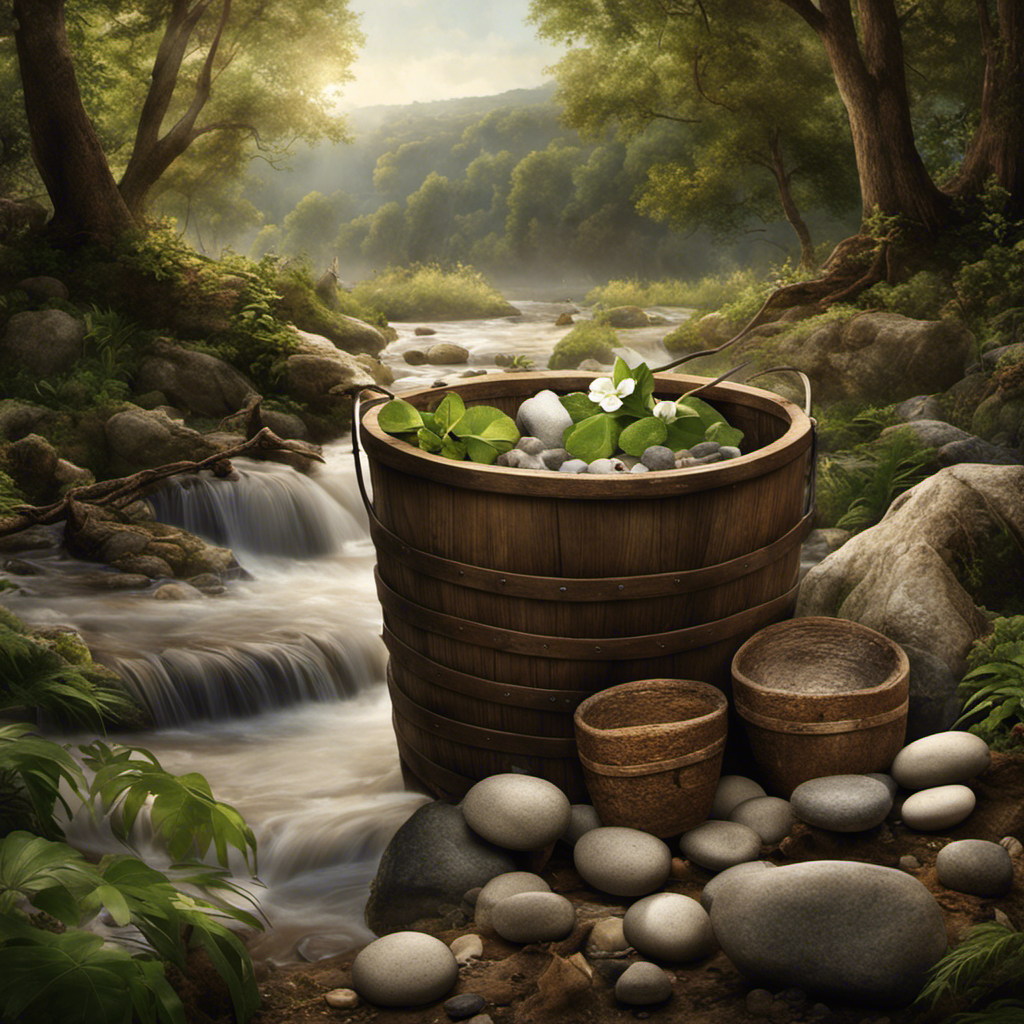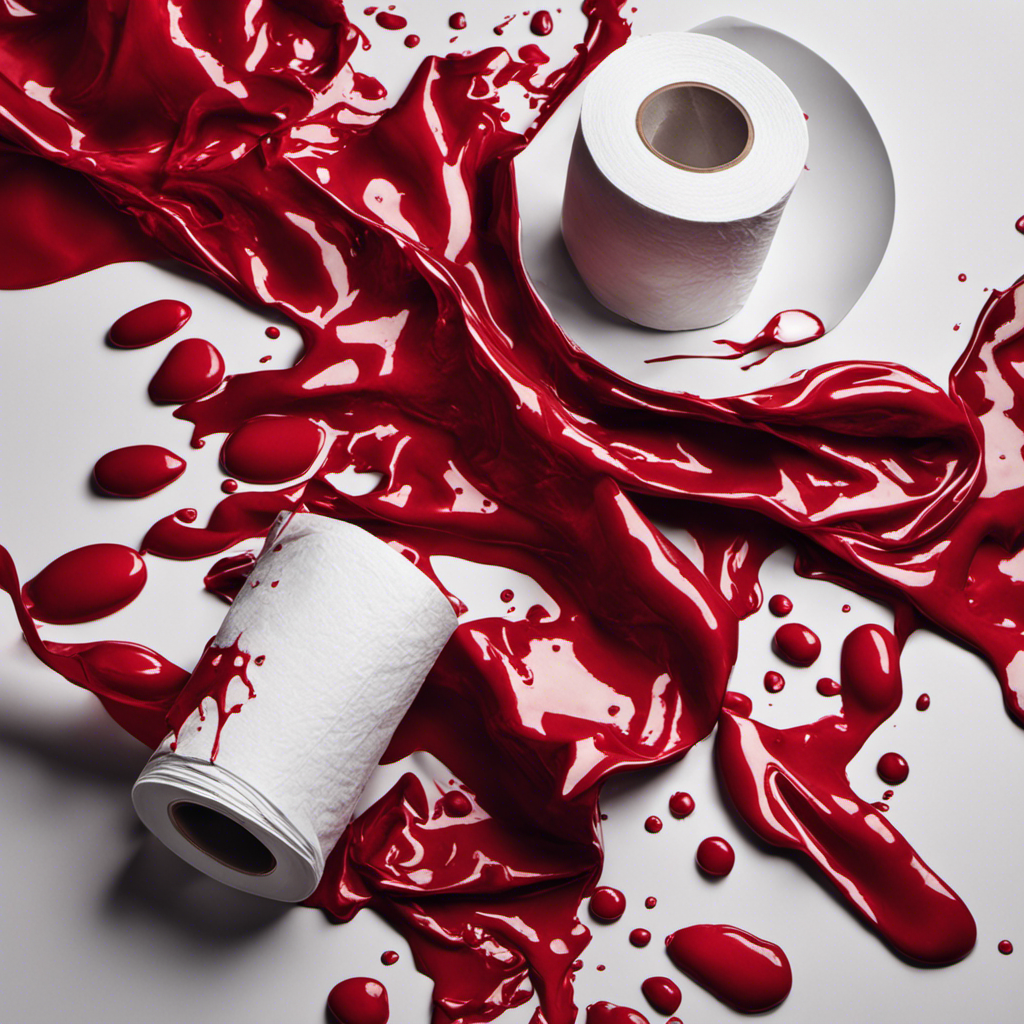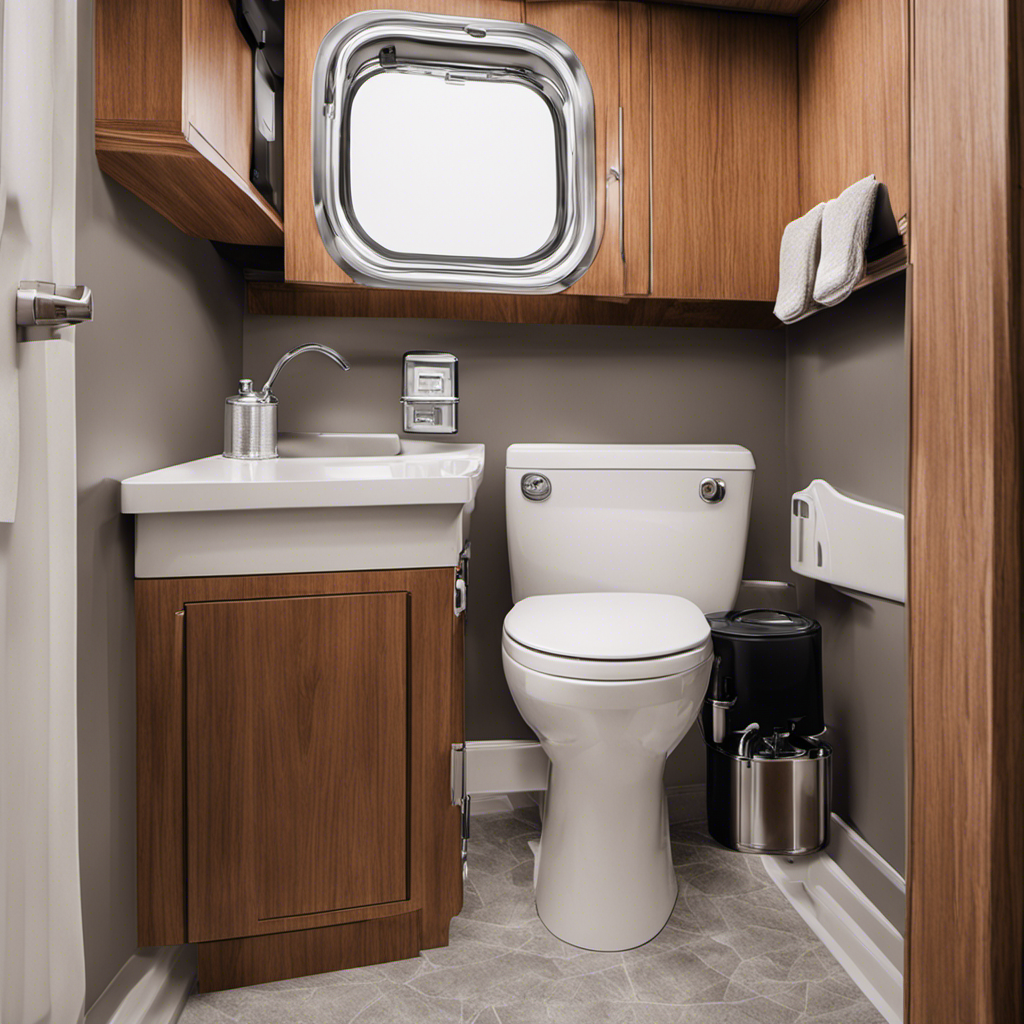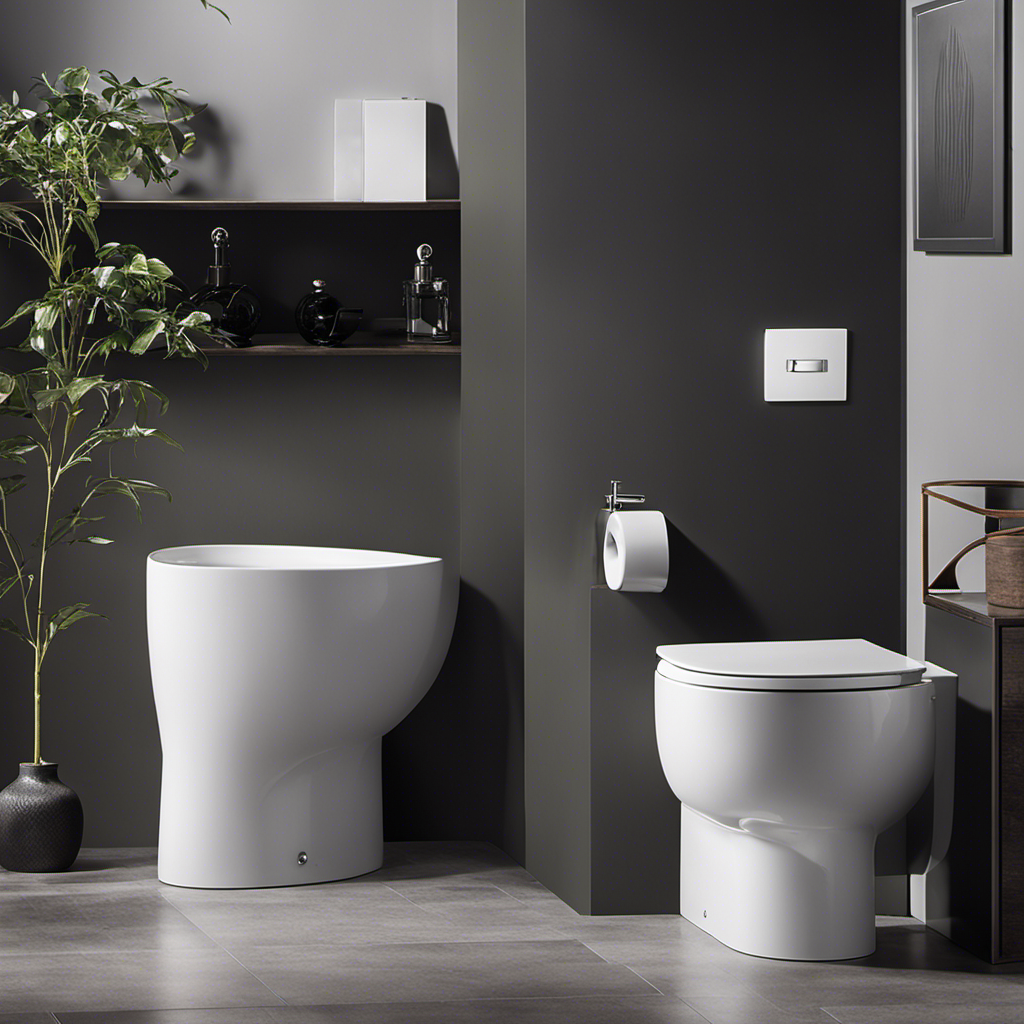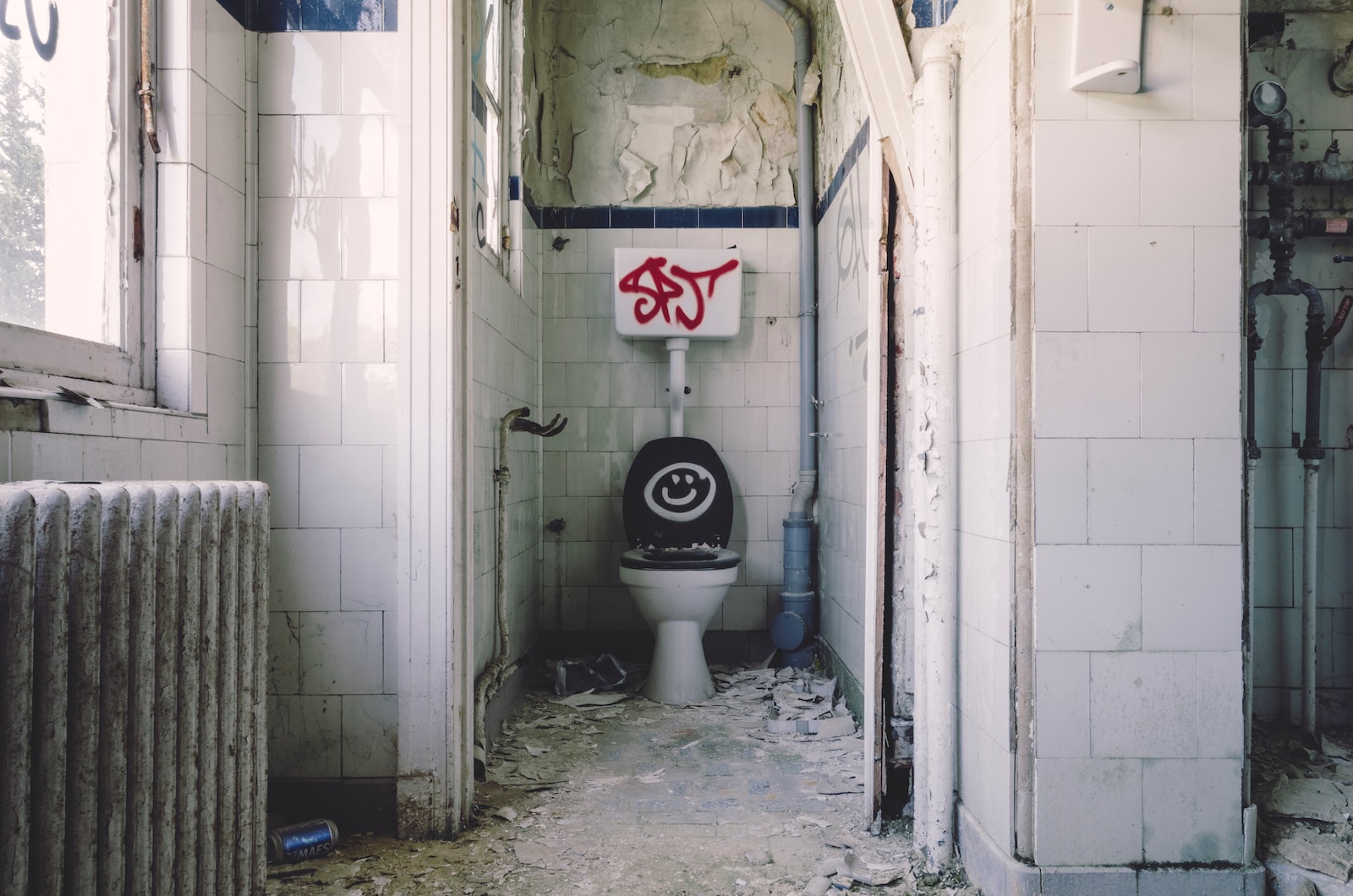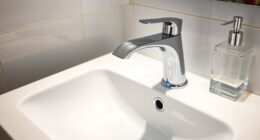As I delve into the fascinating history of personal hygiene, I can’t help but ponder the age-old question: how did people wipe before toilet paper? The mere thought of a world without this modern convenience is enough to make one shudder.
However, by exploring the ancient methods, historical alternatives, and unconventional practices of personal cleansing, we can gain a deeper understanding of the ingenious techniques our ancestors employed.
Join me on this journey as we unveil the secrets of pre-industrial sanitation and traditional hygiene practices.
Key Takeaways
- People in ancient times used natural materials like leaves, shells, bamboo slips, and wooden sticks for personal hygiene.
- Wealthier individuals in ancient Egypt used linen or papyrus as a form of toilet paper.
- Water, in the form of bidets or cleansing with a jug of water, was also used for personal hygiene.
- Ancient Romans used a communal sponge-on-a-stick rinsed in saltwater after each use.
Ancient Methods of Personal Hygiene
People in ancient times relied on various methods for personal hygiene, including using natural materials like leaves or shells. Ancient cleaning methods varied greatly depending on cultural beliefs and traditions.
In ancient Rome, for instance, people used a sponge on a stick called a ‘tersorium’ to clean themselves after using the toilet. This sponge would be rinsed in saltwater or vinegar and reused.
In ancient China, people used bamboo slips or wooden sticks to clean themselves. In other cultures, such as ancient Egypt, wealthier individuals used linen or papyrus as a form of toilet paper.
These ancient methods of personal hygiene highlight the resourcefulness and adaptability of people in ancient times, as they made do with the materials available to them.
Historical Alternatives to Toilet Paper
When exploring historical alternatives to toilet paper, two key points to consider are the use of leafy materials and water as alternatives.
Leafy materials, such as leaves or moss, were commonly used by ancient civilizations as a substitute for toilet paper. This practice was mainly due to the availability and accessibility of these natural resources.
Additionally, water was also used as an alternative method of personal hygiene, commonly in the form of bidets or cleansing with a jug of water.
These historical practices provide insights into the ingenuity and resourcefulness of past cultures in maintaining personal hygiene without the modern convenience of toilet paper.
Leafy Materials Used
If you’re out in the wilderness and need to clean up, try using leaves as a natural alternative to toilet paper. Natural alternatives have been used for centuries by people who didn’t have access to modern conveniences.
Leaves, specifically those with soft and non-toxic properties, can be used as a substitute for toilet paper. They are readily available in natural environments and can be easily disposed of after use.
However, it’s important to consider the environmental impact of using leaves as toilet paper. While it may seem like an eco-friendly option, it can have negative consequences if not done responsibly. Using leaves from delicate or endangered plants can harm the environment and disrupt ecosystems.
It’s crucial to choose leaves responsibly, ensuring they are abundant and won’t cause harm in the long run.
Water as Alternative?
Using water as an alternative for cleaning up after using the bathroom can be a more hygienic and environmentally friendly option. Bidet usage is a common practice in many cultures around the world. In countries like Japan and parts of Europe, bidets are a standard fixture in bathrooms. They provide a gentle stream of water that effectively cleans the area, reducing the need for toilet paper.
Not only does this promote better hygiene, but it also reduces the consumption of paper products, which is beneficial for the environment. Cultural variations exist in bidet usage, with some cultures preferring more advanced bidet systems with features like heated water and air dryers.
Overall, incorporating bidets into bathroom routines can offer a cleaner and greener alternative to traditional methods of cleaning up after using the toilet.
Unconventional Bathroom Practices Throughout History
You might be surprised to learn about some of the unconventional bathroom practices people have used throughout history.
Unusual practices in ancient civilizations and hygiene habits in different cultures throughout history reveal a wide range of methods employed by people to maintain cleanliness after using the bathroom.
For example, in ancient Rome, they used a communal sponge attached to a stick, which was rinsed in a bucket of saltwater after each use.
In ancient Egypt, individuals used a combination of water and a flat stick to cleanse themselves.
Additionally, the ancient Greeks used stones or pottery shards, while some Native American tribes used natural materials such as leaves or moss.
These practices highlight the ingenuity and resourcefulness of different cultures in finding alternative solutions for personal hygiene in the absence of modern toiletries like toilet paper.
Pre-Industrial Sanitation Techniques
Contrary to modern practices, pre-industrial societies utilized various methods for maintaining cleanliness and sanitation. They may not have had the luxury of toilet paper, but they had their own ways of dealing with hygiene. Here are a few examples:
-
Water and Hand: People would use water and their hands to clean themselves after using the toilet. This method is still practiced in many parts of the world today.
-
Natural Materials: Leaves, moss, or grass were used as alternatives to toilet paper. These materials were readily available and could be easily discarded after use.
These primitive sanitation methods may seem unconventional to us now, but they were effective in their own ways. They allowed people to maintain a certain level of cleanliness and prevent the spread of diseases.
However, as we will see in the next section, traditional hygiene practices before the invention of toilet paper had their own challenges and limitations.
Traditional Hygiene Practices Before the Invention of Toilet Paper
Before the invention of toilet paper, people used various methods to maintain hygiene. One common practice was the use of shells, which were readily available and provided a suitable alternative. Shells were used to scrape away waste after using the restroom. While it may seem unconventional compared to today’s standards, shells were an effective means of cleaning oneself.
In addition to using shells, hand washing techniques were also employed to ensure cleanliness. Water was often used along with natural substances like sand or ash to create a scrubbing paste. This paste was then applied to the hands and vigorously rubbed to remove any remaining waste particles. Although these methods may appear rudimentary, they were effective in promoting hygiene and preventing the spread of diseases.
Overall, traditional hygiene practices before the invention of toilet paper relied on resourcefulness and practicality. While they may seem unusual by modern standards, they served their purpose and highlight the ingenuity of early civilizations.
Cultural Customs and Rituals for Personal Cleansing
During certain cultural rituals, individuals may engage in specific cleansing practices to purify themselves. Personal hygiene plays a significant role in different cultures, and there are often taboos surrounding it. These rituals and customs vary across societies, but they all serve the purpose of maintaining cleanliness and promoting spiritual or physical well-being.
Here are a couple of examples:
-
In some cultures, individuals may participate in ritual baths or ablutions as a form of purification. This could involve immersing oneself in water or performing specific cleansing rituals using herbs or oils.
-
Another common practice is the use of smoke or incense to purify the body and surrounding environment. This is often done by burning specific herbs or plants with cleansing properties.
These customs not only promote cleanliness but also contribute to the cultural identity and spiritual beliefs of different societies.
Conclusion
In conclusion, the history of personal hygiene and toilet paper alternatives is fascinating and sometimes shocking. From using leaves and stones to more inventive methods like sponges on sticks, our ancestors had to get creative to stay clean.
It’s hard to imagine a time when toilet paper wasn’t readily available, but learning about these unconventional practices gives us a greater appreciation for modern sanitation.
So next time you reach for that roll of toilet paper, remember the wild and wacky ways people used to keep themselves tidy. It’s a testament to our ingenuity and the lengths we’ll go to for cleanliness.
